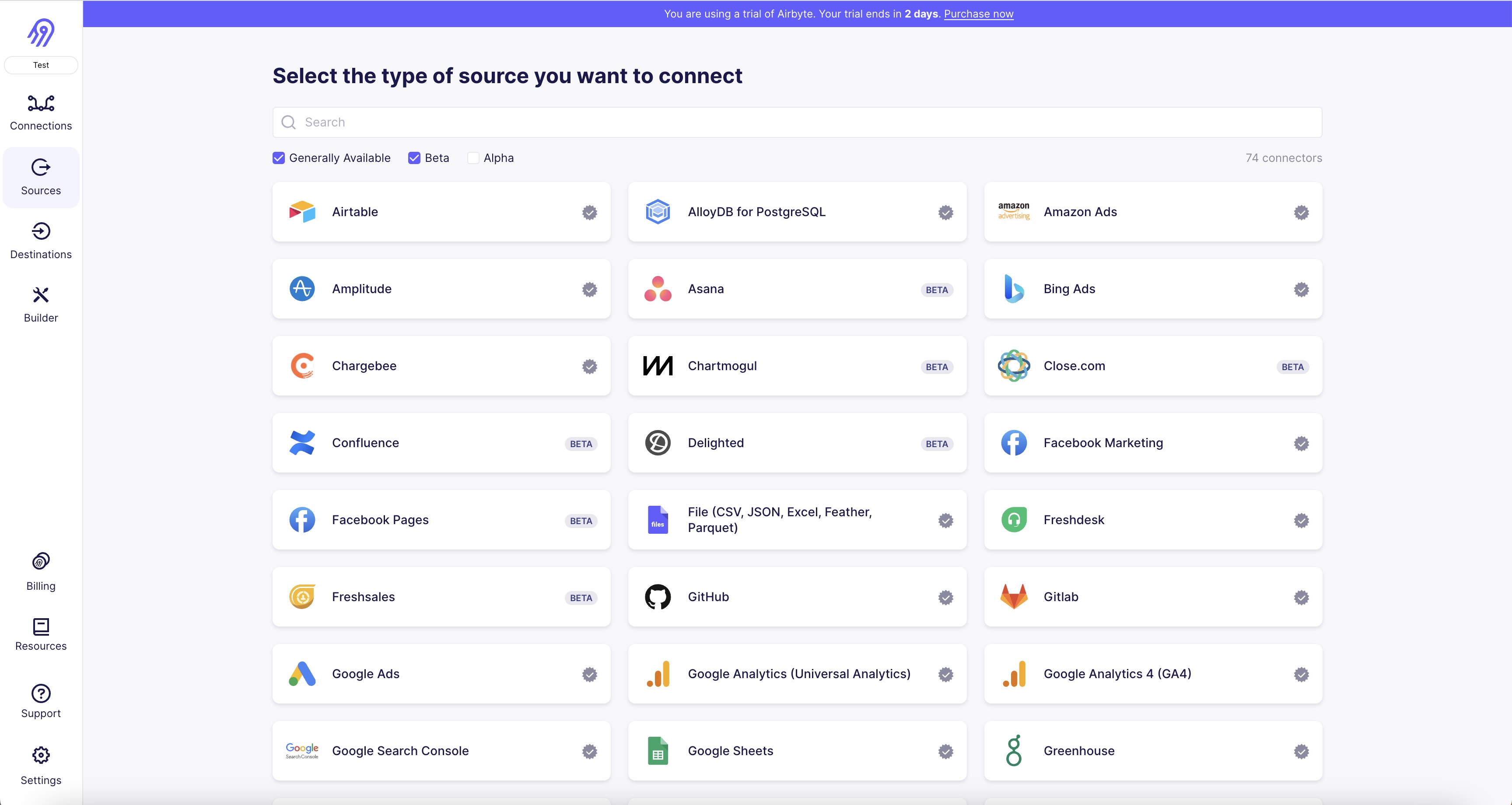Microsoft Teams is a collaborative chat-based workspace designed to enable collaborative teamwork across the Microsoft Office apps (Excel, PowerPoint, OneNote, SharePoint, Word, etc.). Workers can shift between applications within the suite without exiting the platform. Teams can chat through private or standard channels to share insights and ideas on projects in real time. Microsoft Teams streamlines the work process and brings teams together to complete projects more productively.

1. First, navigate to the Microsoft Teams source connector page on Airbyte.com.
2. Click on the "Add Source" button to begin the process of adding your Microsoft Teams credentials.
3. In the "Connection Configuration" section, enter a name for your connection and provide your Microsoft Teams credentials, including your email address and password.
4. Click on the "Test" button to ensure that your credentials are correct and that Airbyte can connect to your Microsoft Teams account.
5. Once the test is successful, click on the "Save & Continue" button to proceed to the next step.
6. In the "Schema Selection" section, select the specific data that you want to replicate from your Microsoft Teams account.
7. You can choose to replicate data from channels, messages, users, and more.
8. Once you have selected the data that you want to replicate, click on the "Save & Continue" button to proceed to the final step.
9. In the "Destination Configuration" section, select the destination where you want to send your replicated data.
10. You can choose from a variety of destinations, including databases, data warehouses, and cloud storage services.
11. Once you have selected your destination, click on the "Save & Test" button to ensure that your replication is successful.
12. Congratulations! You have successfully connected your Microsoft Teams source connector on Airbyte.com.


With Airbyte, creating data pipelines take minutes, and the data integration possibilities are endless. Airbyte supports the largest catalog of API tools, databases, and files, among other sources. Airbyte's connectors are open-source, so you can add any custom objects to the connector, or even build a new connector from scratch without any local dev environment or any data engineer within 10 minutes with the no-code connector builder.
We look forward to seeing you make use of it! We invite you to join the conversation on our community Slack Channel, or sign up for our newsletter. You should also check out other Airbyte tutorials, and Airbyte’s content hub!
What should you do next?
Hope you enjoyed the reading. Here are the 3 ways we can help you in your data journey:



What should you do next?
Hope you enjoyed the reading. Here are the 3 ways we can help you in your data journey:



Ready to get started?
Frequently Asked Questions
Microsoft Teams API provides access to a wide range of data that can be used to enhance the functionality of the platform. The following are the categories of data that can be accessed through the API:
1. Teams and Channels: Information about the teams and channels in which the user is a member, including their names, descriptions, and membership details.
2. Messages and Conversations: Access to messages and conversations within a channel, including the content of the messages, the sender and recipient details, and the time and date of the messages.
3. Files and Documents: Access to files and documents shared within a channel, including their names, sizes, and types.
4. Meetings and Calls: Information about scheduled meetings and calls, including the time, date, and participants.
5. Users and Groups: Information about users and groups within the organization, including their names, email addresses, and roles.
6. Apps and Bots: Access to third-party apps and bots integrated with Microsoft Teams, including their names, descriptions, and functionality.
7. Settings and Configuration: Access to the settings and configuration options for Microsoft Teams, including user preferences, notification settings, and security settings.
Overall, the Microsoft Teams API provides a comprehensive set of data that can be used to build custom applications and integrations that enhance the functionality of the platform.
